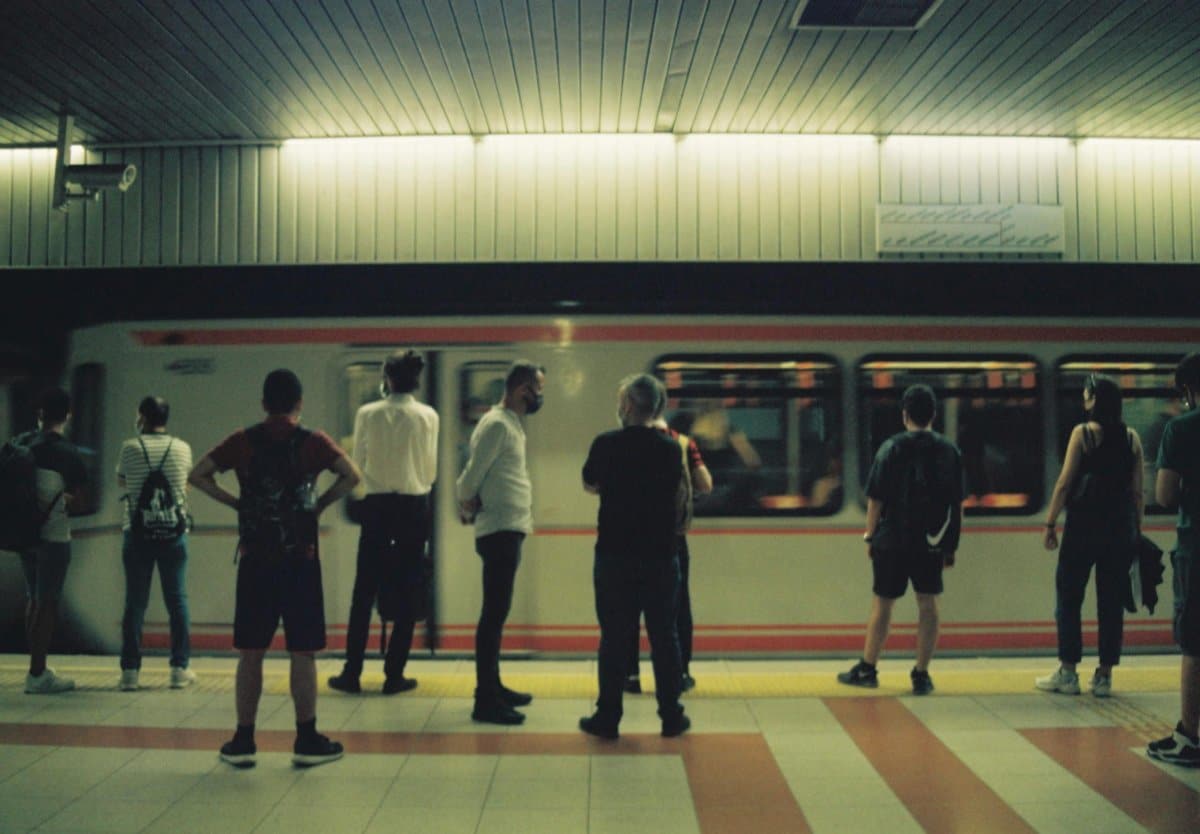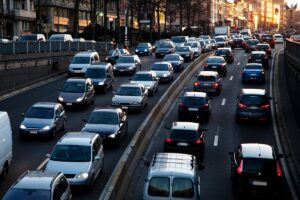In the bustling urban landscapes of America, overcrowded public trains are more than just an inconvenience; they’re a daily challenge for millions who rely on public transportation to navigate city life. Here’s a rundown of 18 US cities known for their particularly packed train conditions, highlighting the need for improvements in public transit systems.
1. New York City, New York
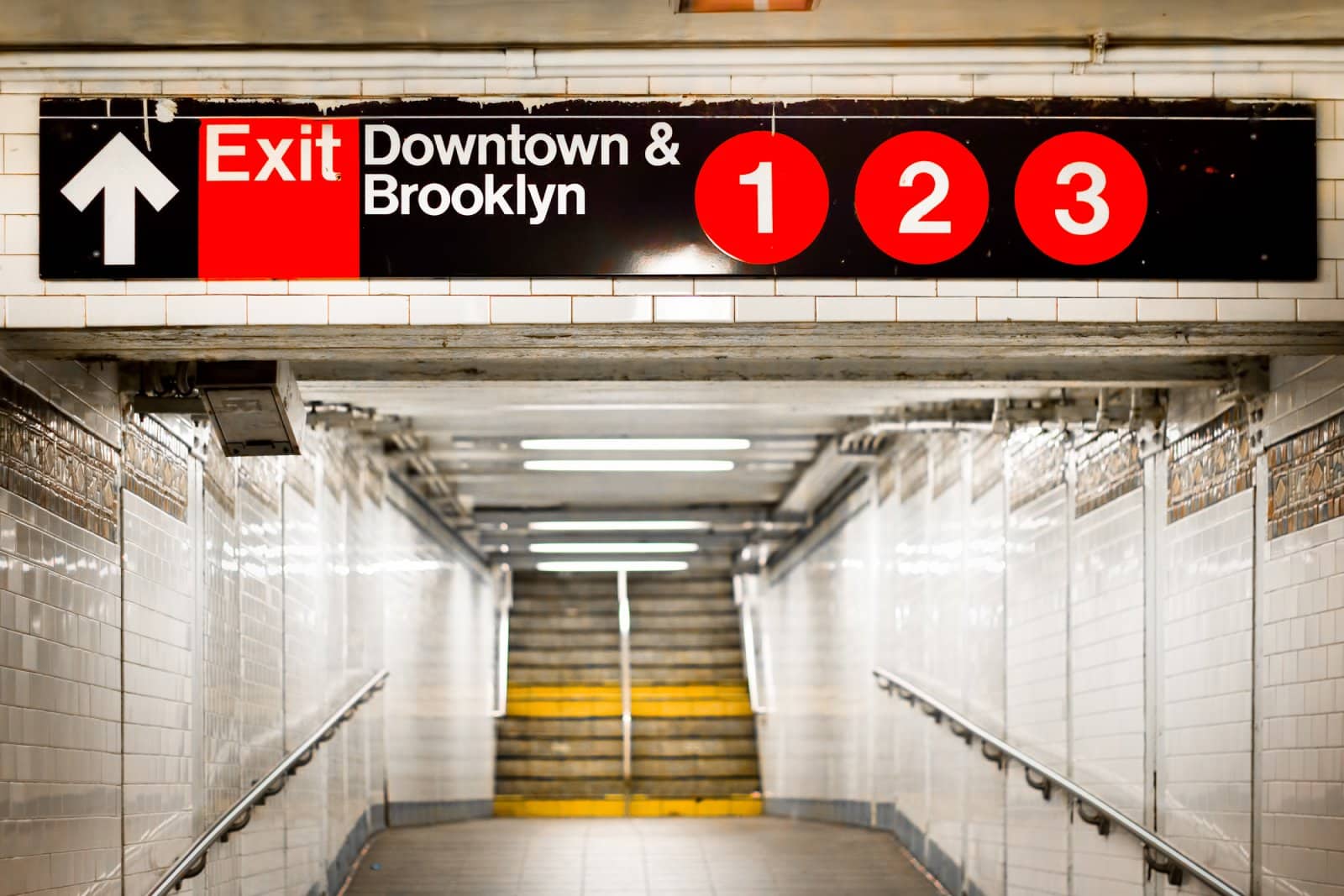
The NYC Subway, one of the world’s oldest and most extensive metro systems, often sees carriages overflowing during rush hours, making it a prime example of urban overcrowding.
2. San Francisco, California
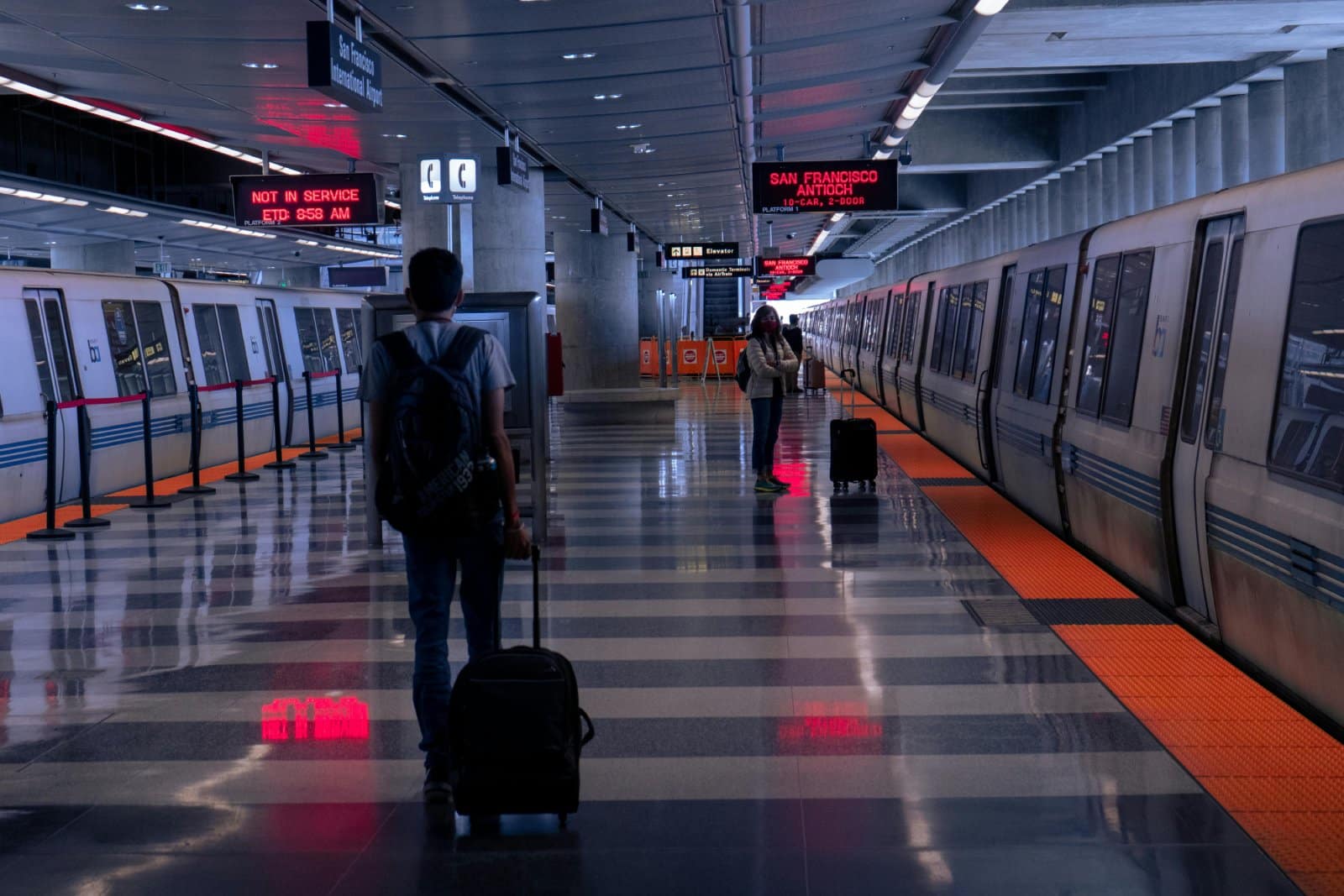
The BART system, serving the Bay Area, struggles with high ridership, particularly during peak commuting times, leading to packed trains and strained resources.
3. Chicago, Illinois
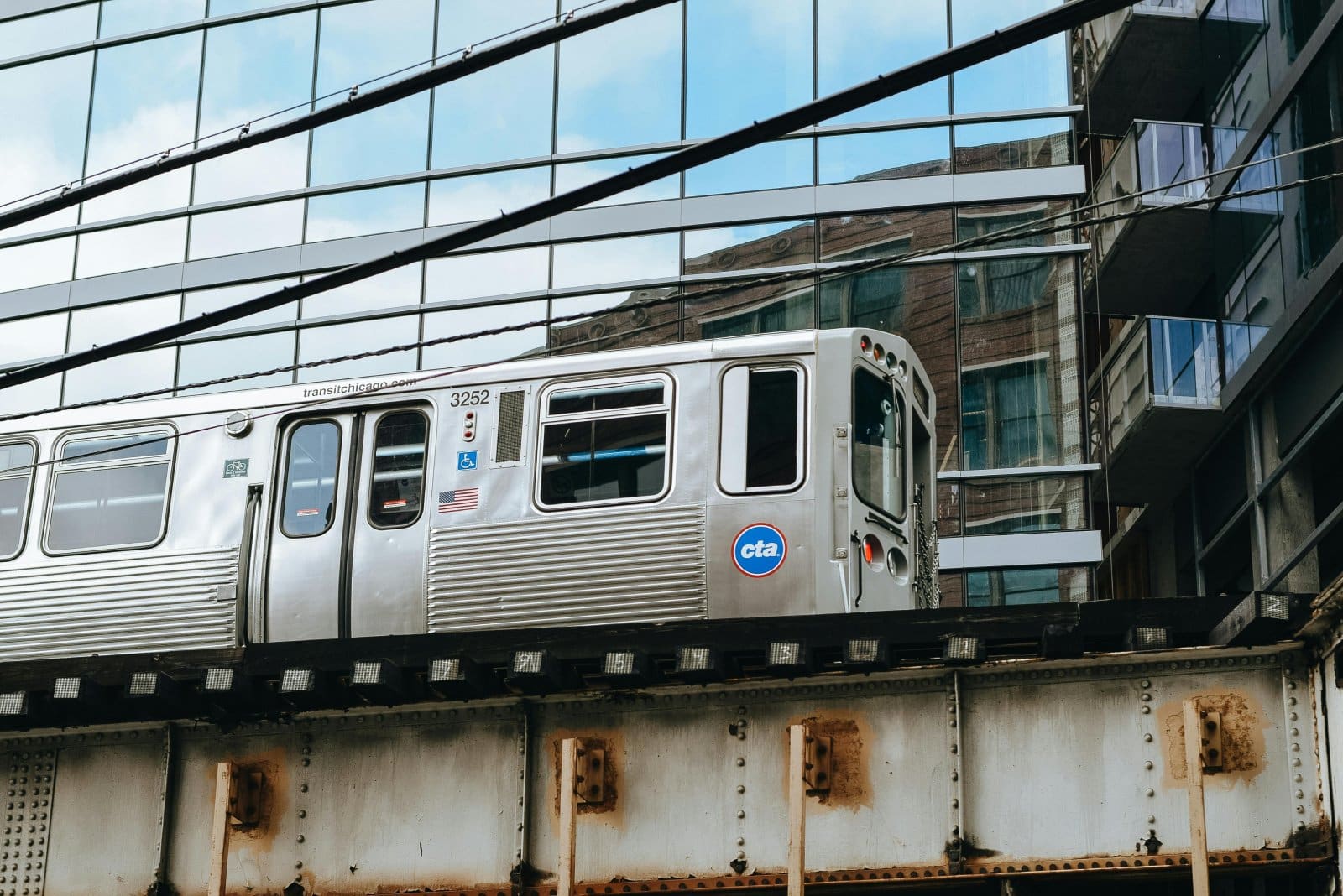
The “L” train system in Chicago routinely experiences overcrowding, especially on the Red and Blue Lines, where commuters often face packed conditions.
4. Boston, Massachusetts
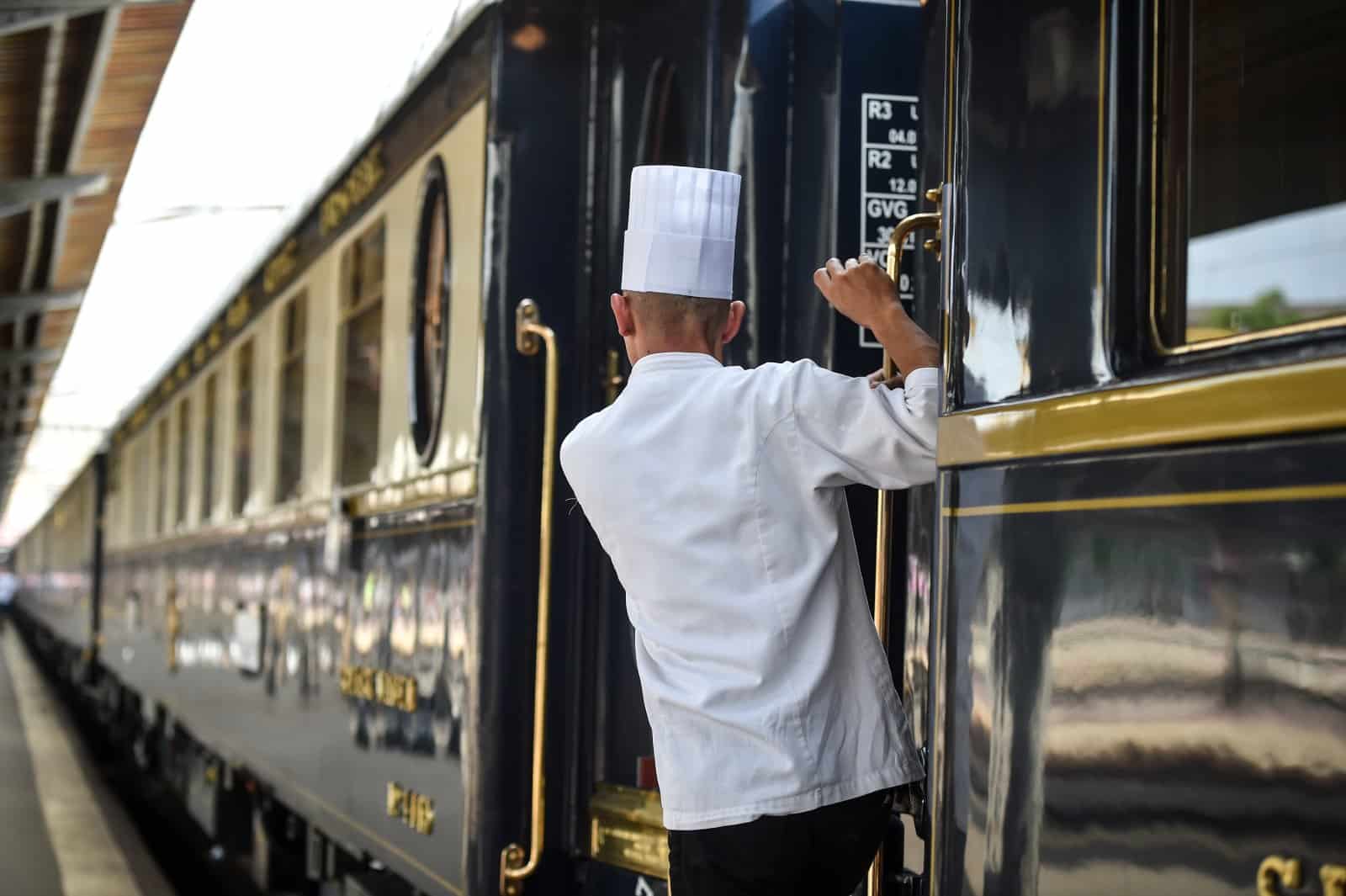
Boston’s MBTA trains, particularly the Green and Red Lines, can be intensely crowded, reflecting the city’s high dependency on public transit for daily commutes.
5. Washington, D.C.
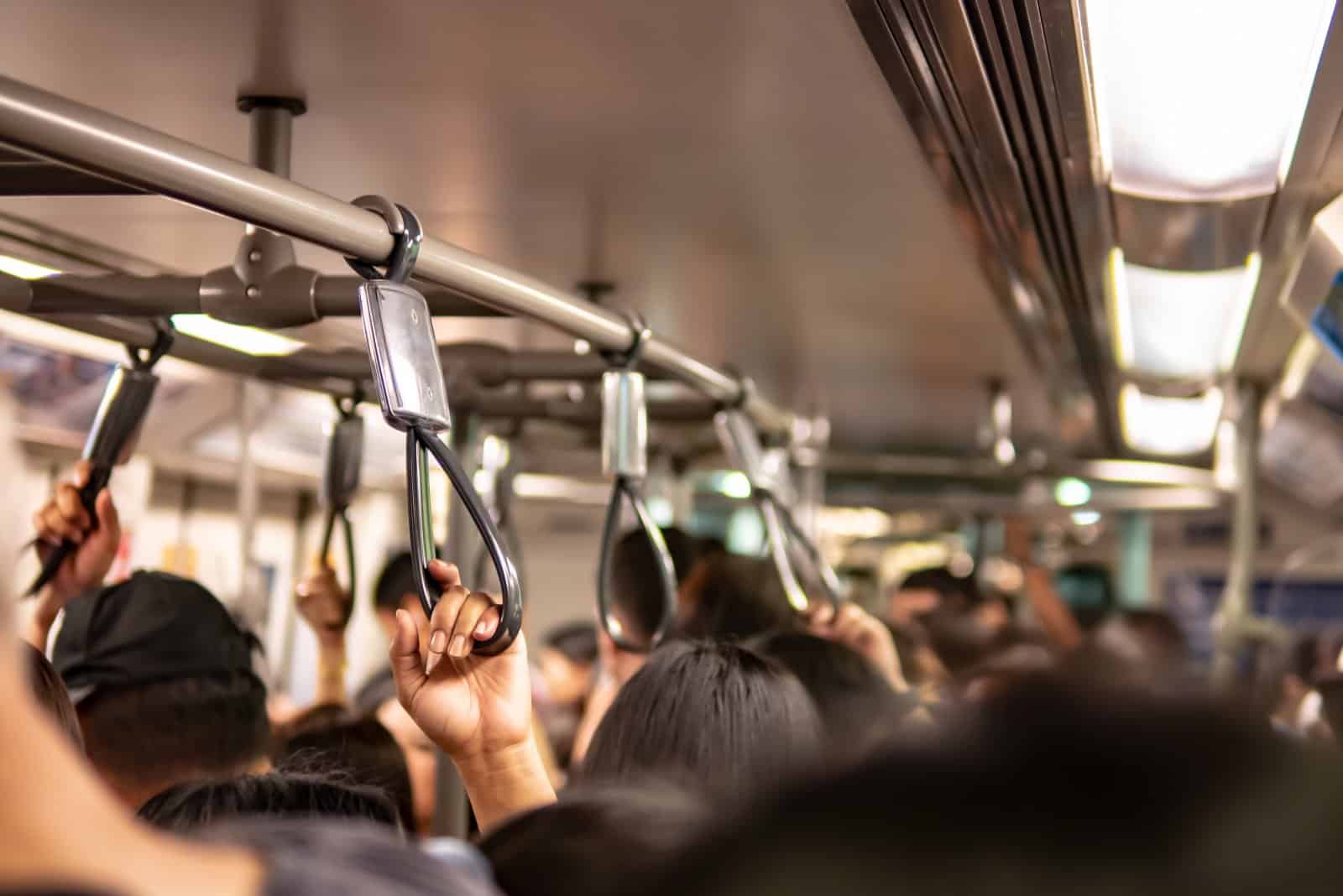
The Metro in D.C. is critical for daily commuters, including government and private sector workers, who often deal with cramped conditions.
6. Philadelphia, Pennsylvania
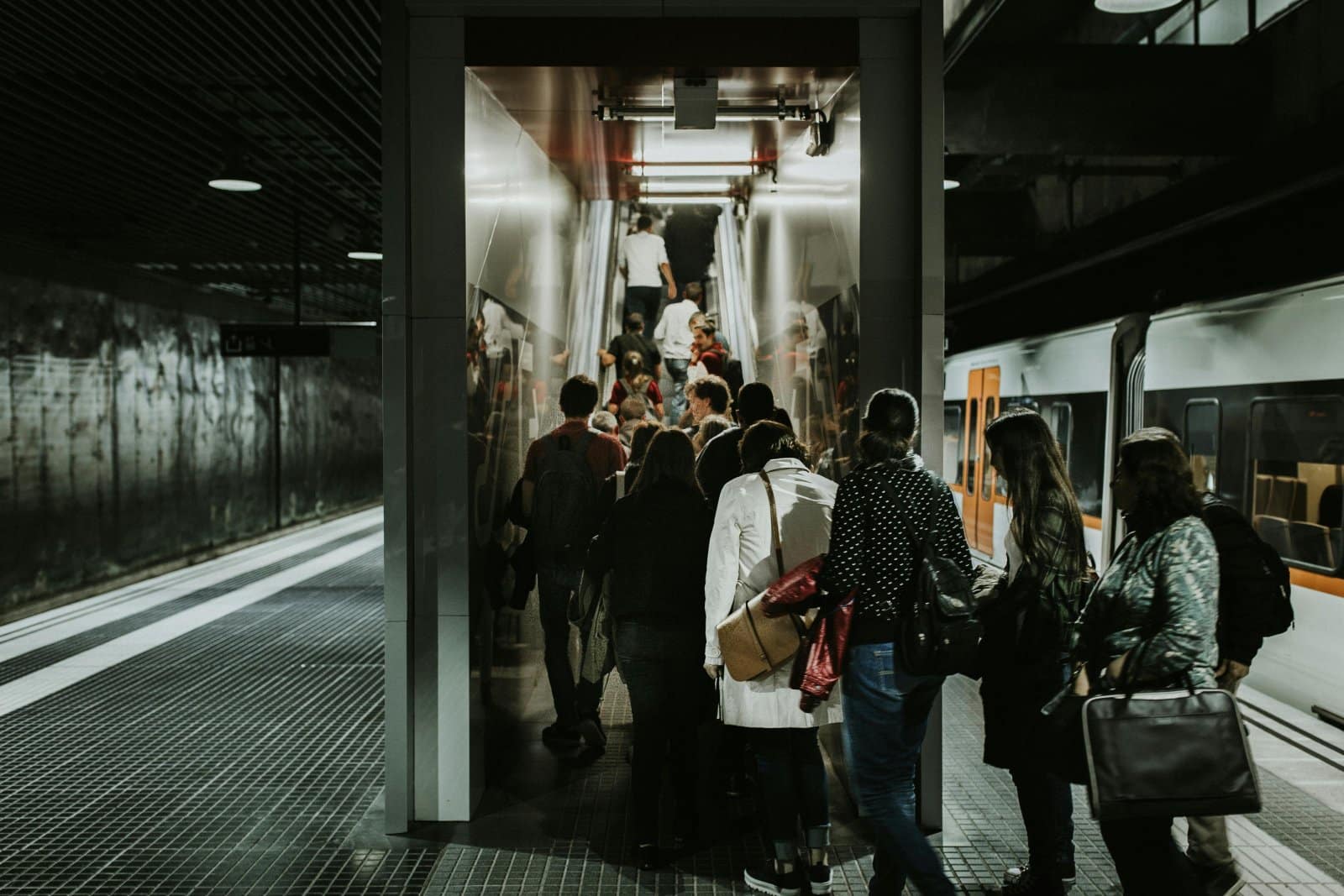
SEPTA trains frequently run at full capacity during rush hours, leading to uncomfortable rides for daily commuters across the city and its suburbs.
7. Los Angeles, California
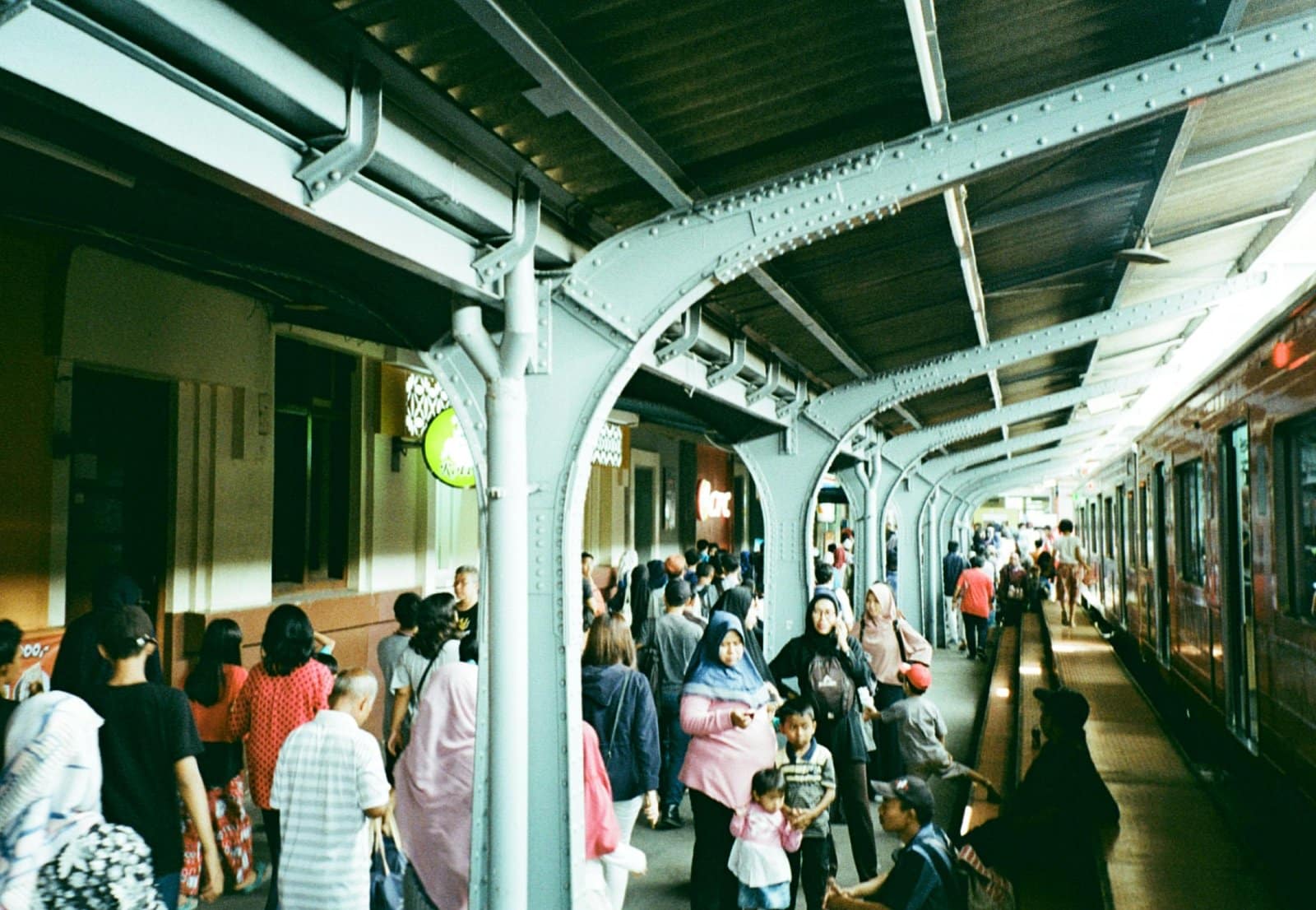
Despite its car-centric culture, LA’s Metro trains, particularly along the Red Line and the Expo Line, suffer from overcrowding as the city leans more towards public transit solutions.
8. Seattle, Washington
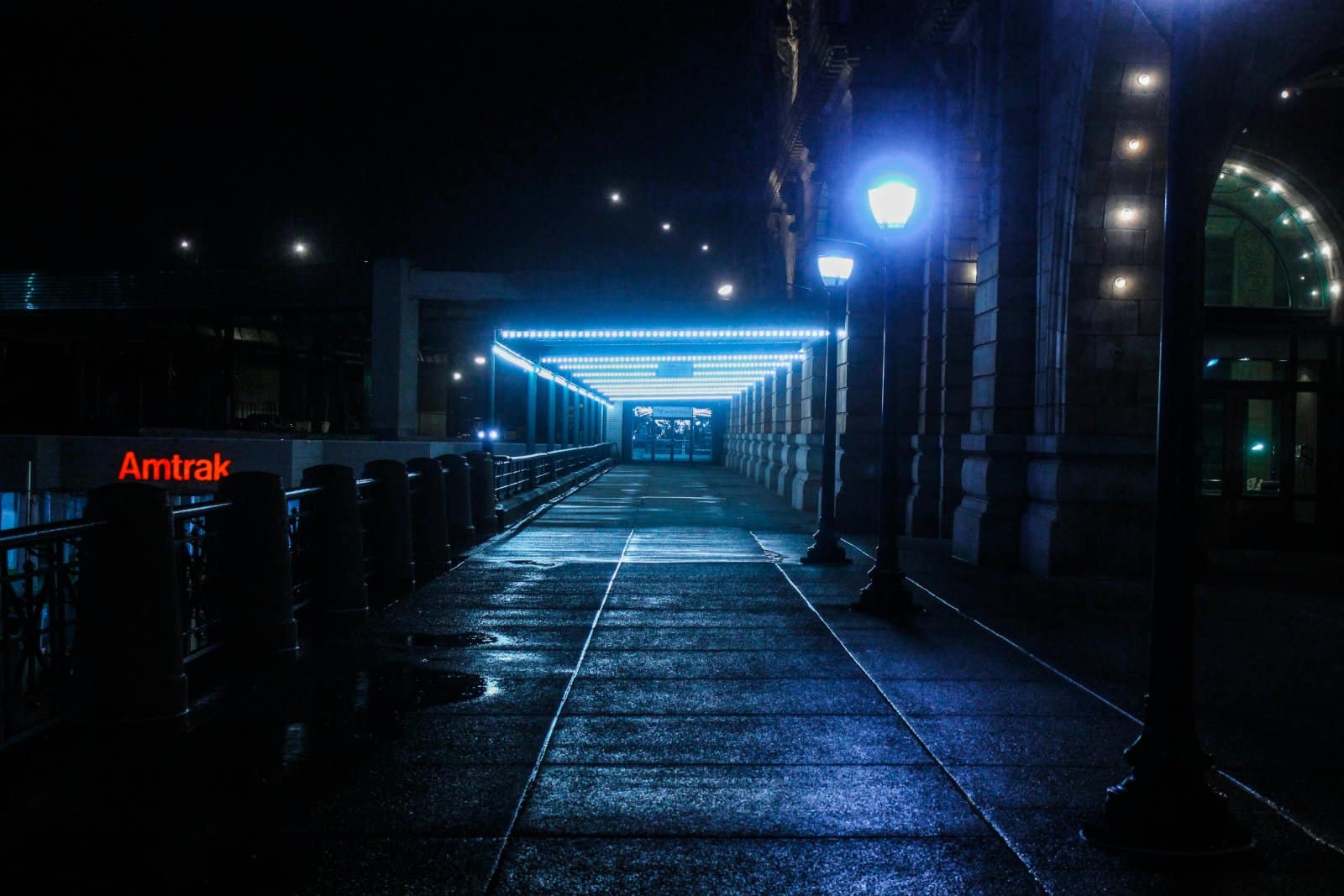
The Link light rail in Seattle has seen increasing ridership, resulting in packed trains during peak tourist seasons and rush hours.
9. Atlanta, Georgia
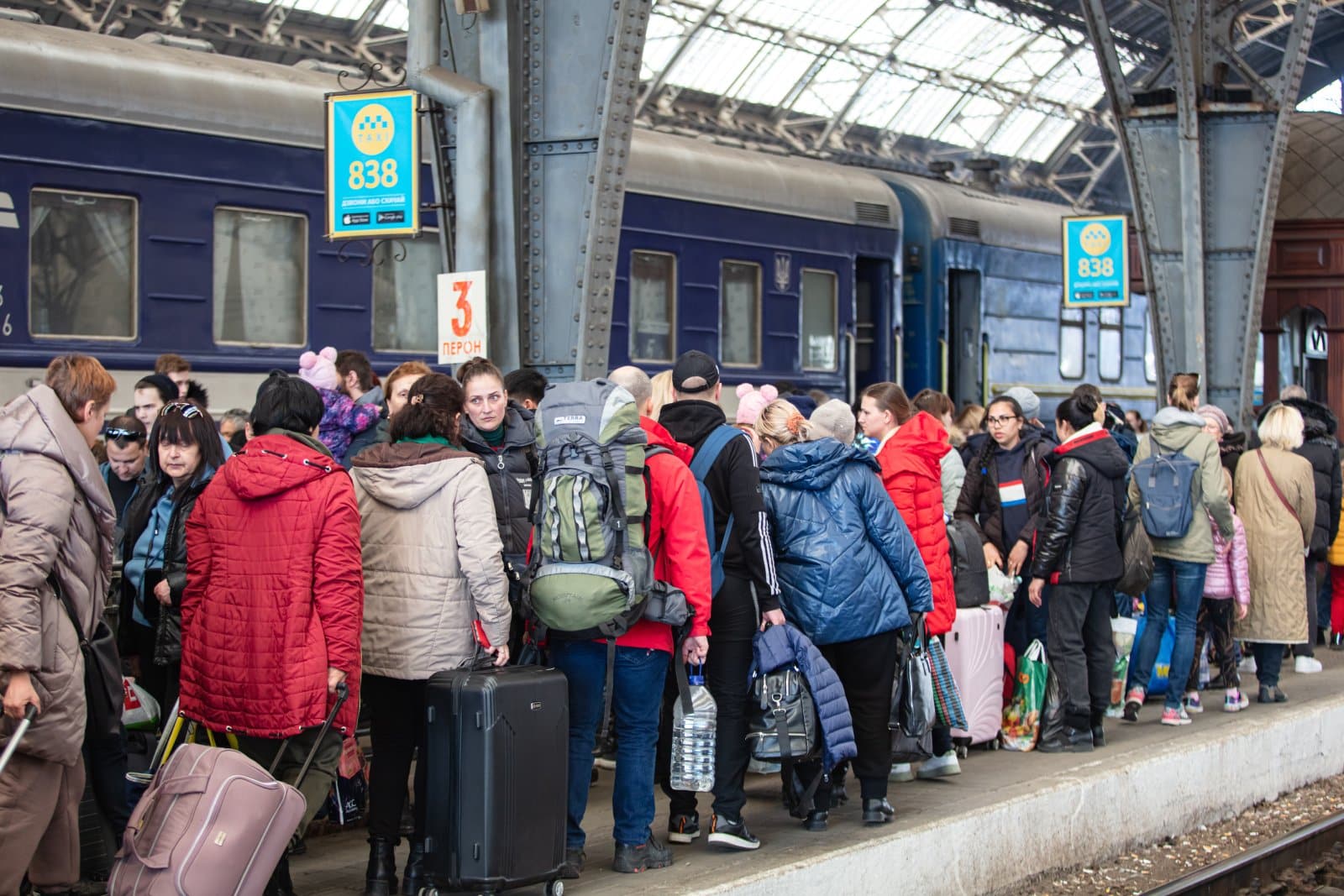
MARTA trains often struggle with capacity issues, especially during major events and peak rush hours, reflecting the city’s growing reliance on public transit.
10. Miami, Florida
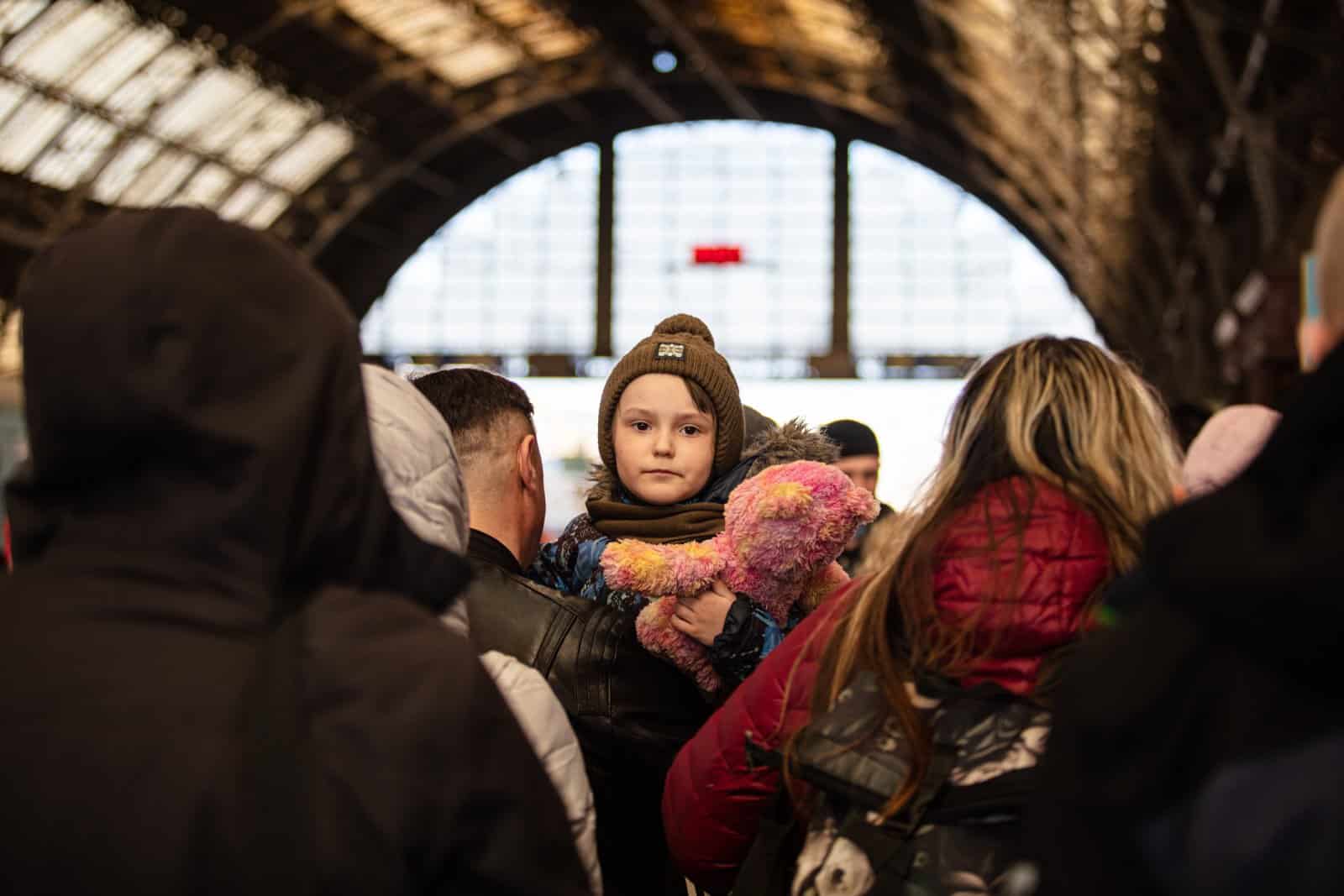
Miami’s Metrorail system experiences significant overcrowding, particularly on the Green Line, as the city continues to expand.
11. Denver, Colorado
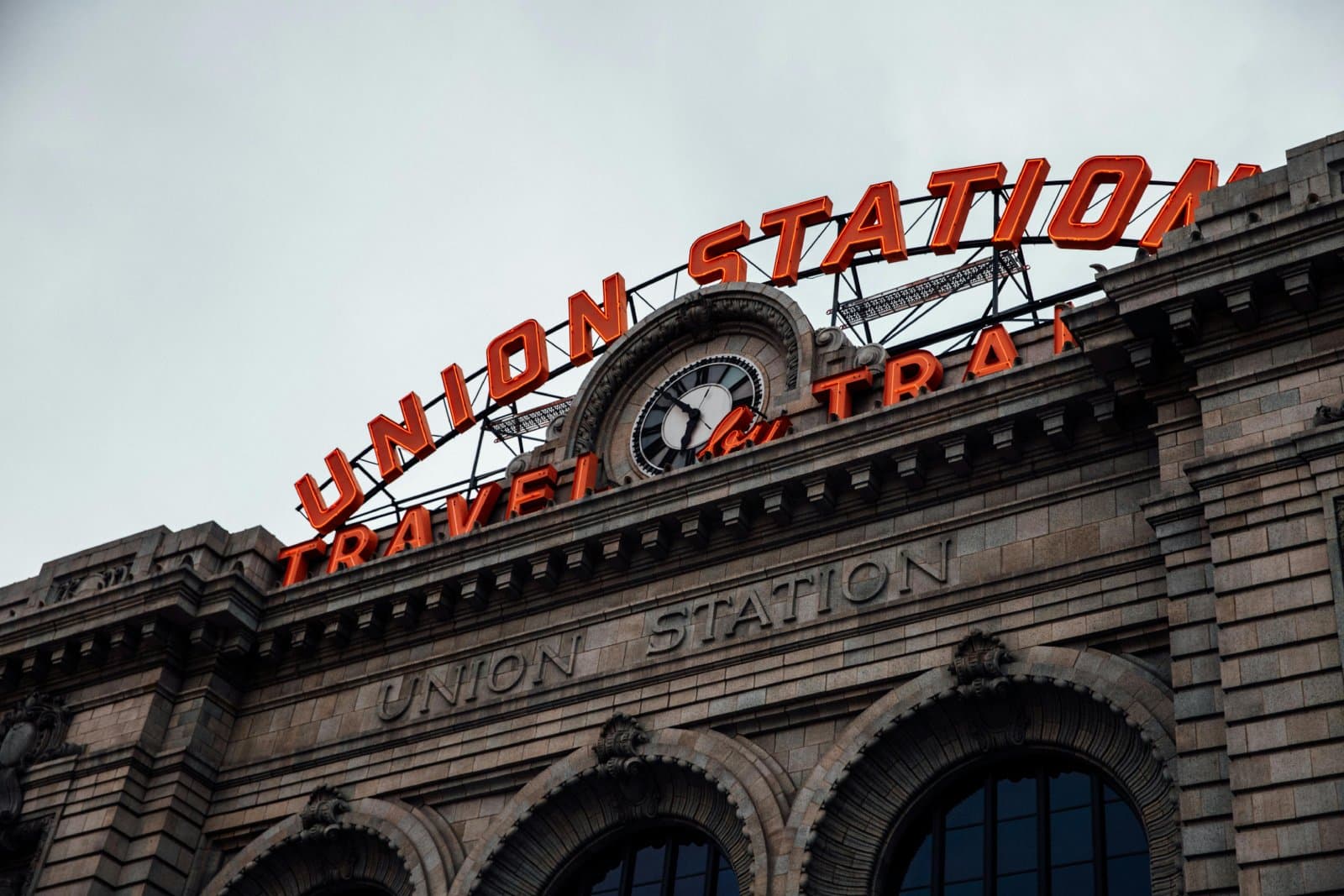
The RTD Light Rail in Denver faces challenges with overcrowding as the city’s population booms and more residents turn to public transport.
12. Minneapolis, Minnesota
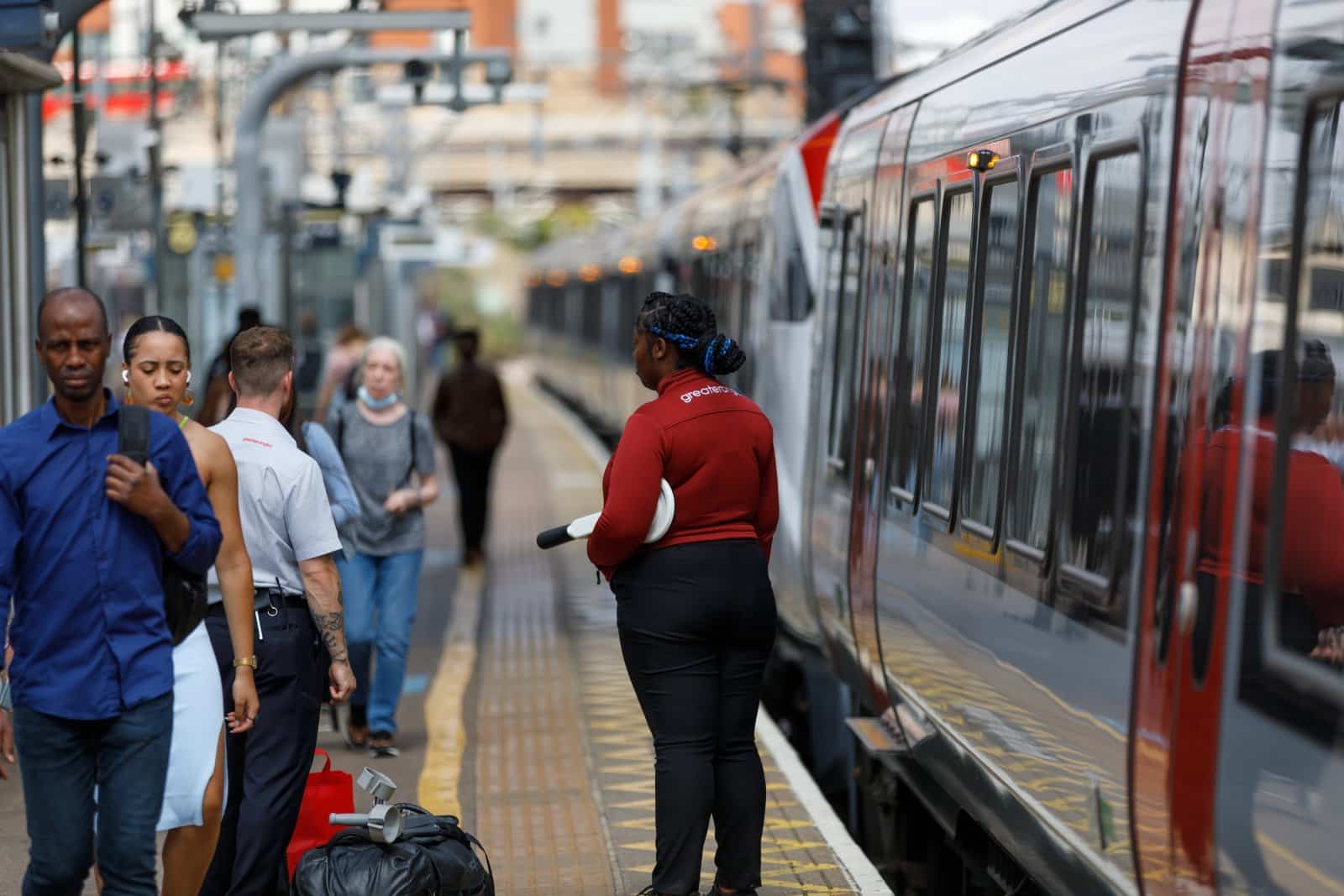
Minneapolis’ Metro Transit light rail sees heavy use during winter months and special events, pushing the system to its limits.
13. Baltimore, Maryland
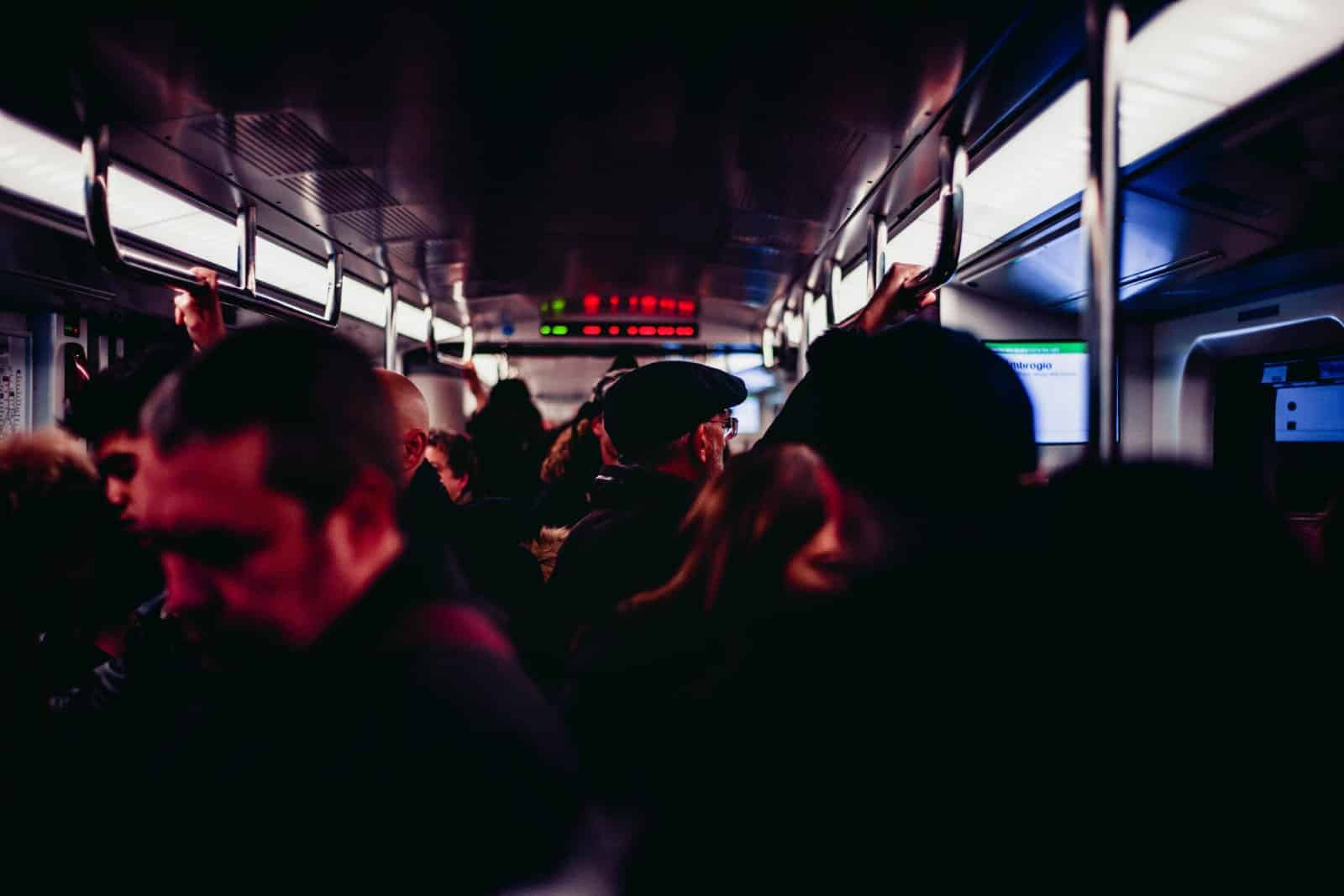
The MARC Train, serving the Baltimore-Washington corridor, often carries more passengers than seats available, leading to crowded and uncomfortable conditions.
14. Portland, Oregon
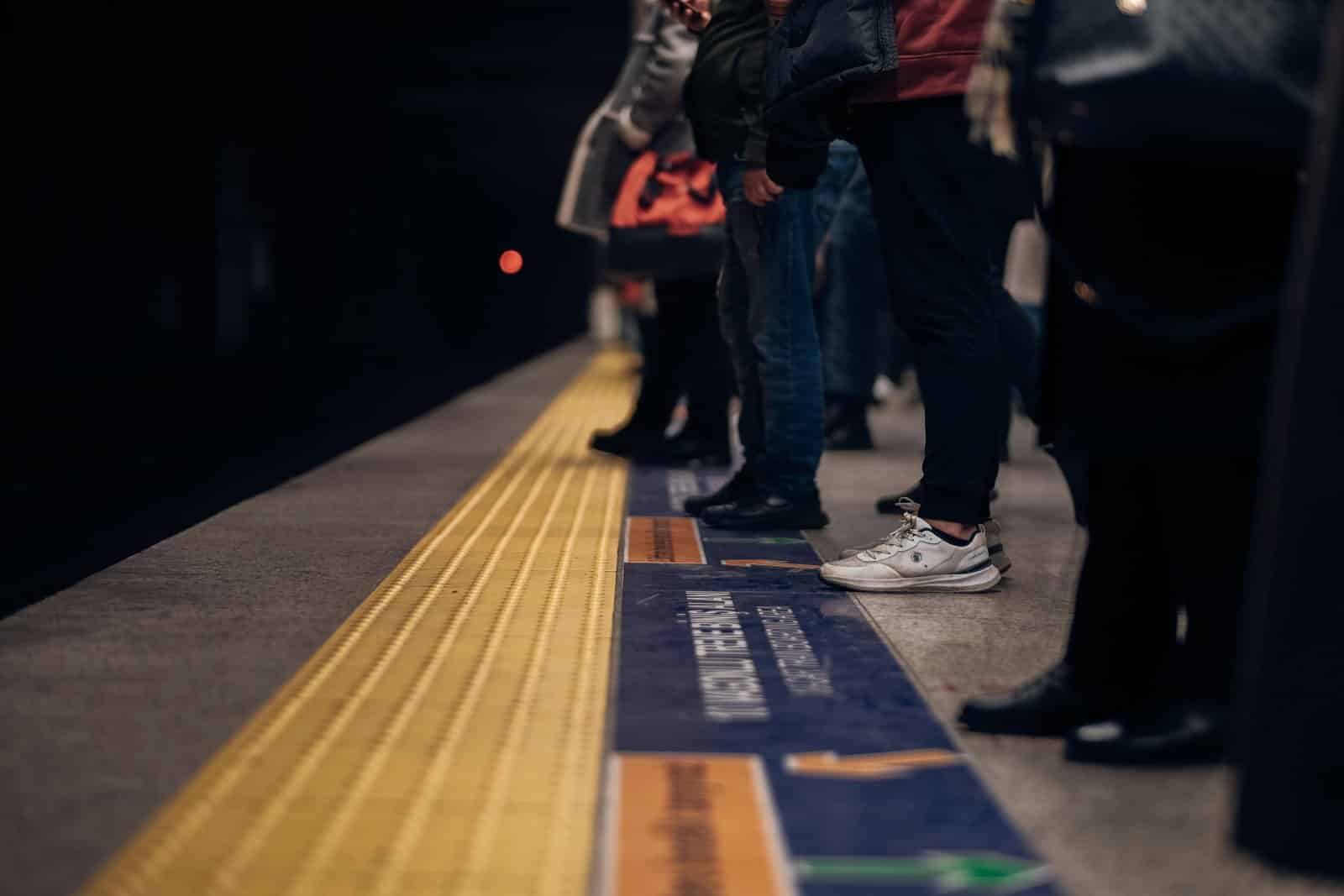
Portland’s MAX Light Rail can be particularly crowded during rush hours and major events, reflecting the city’s environmental focus and high public transit use.
15. San Jose, California
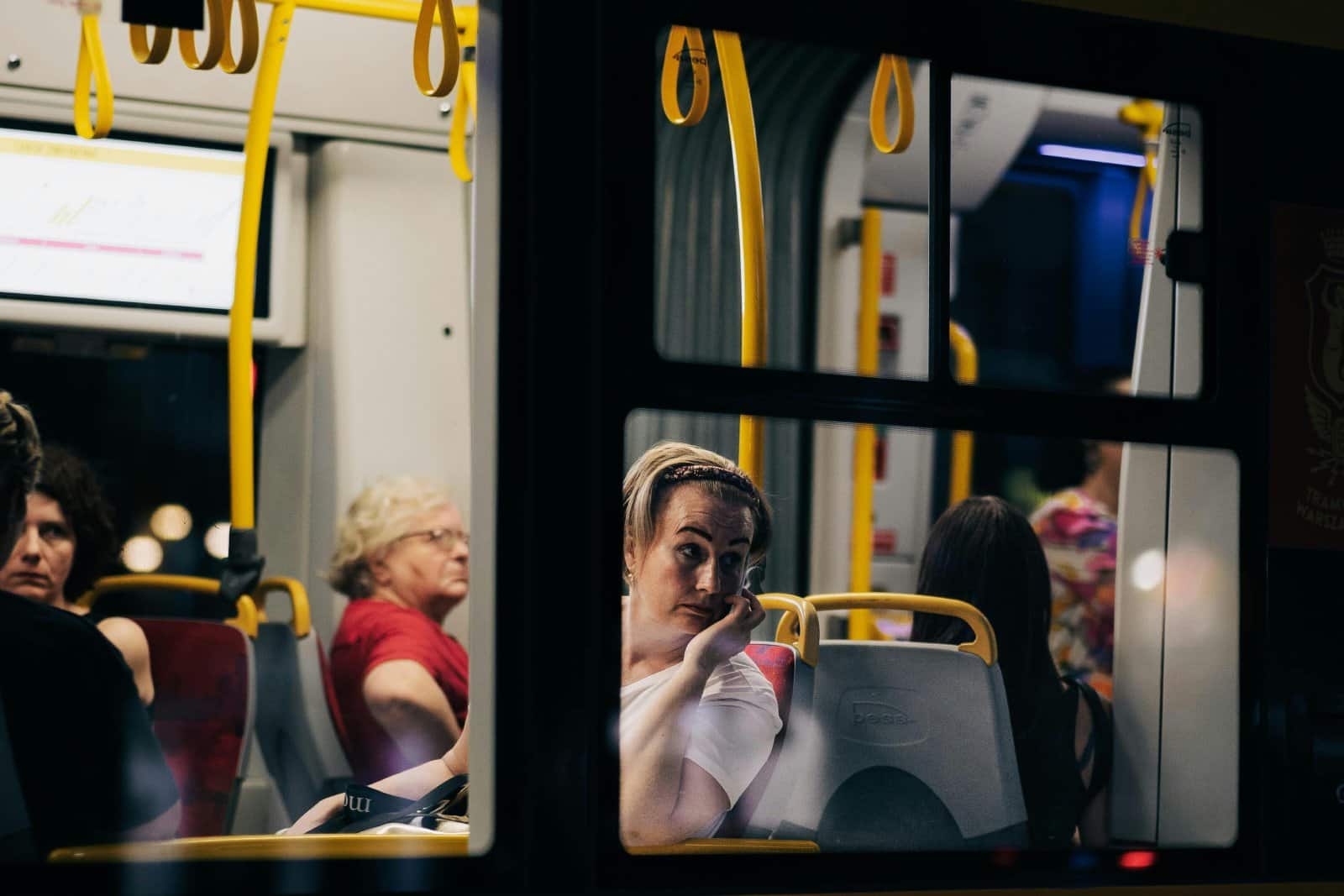
As the largest city in Northern California’s Bay Area, San Jose’s trains, especially during peak tech commuting hours, are frequently overcrowded.
16. Salt Lake City, Utah
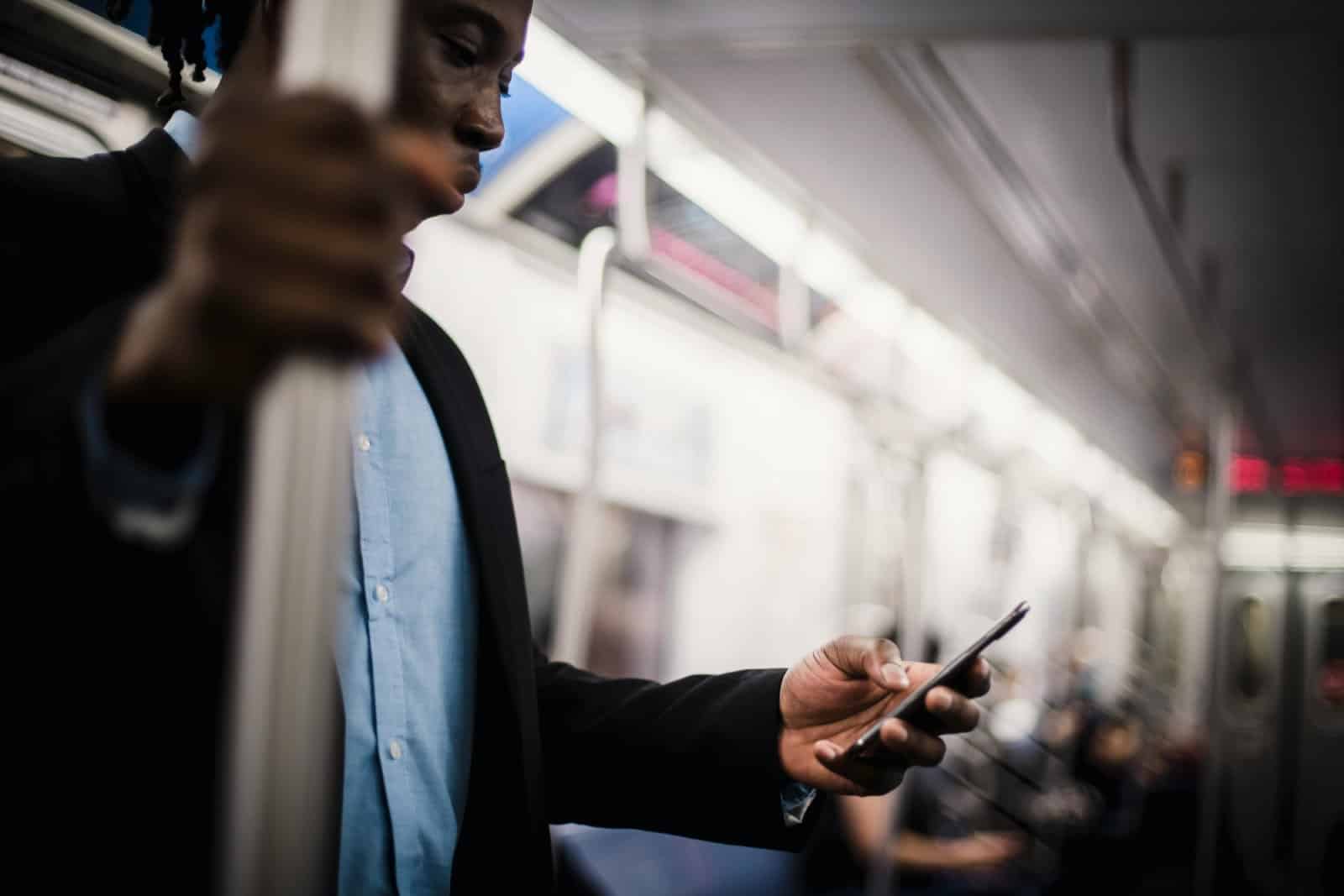
The TRAX light rail system experiences overcrowding during ski season and peak commute times, as the city becomes a major transit hub in the region.
17. St. Louis, Missouri
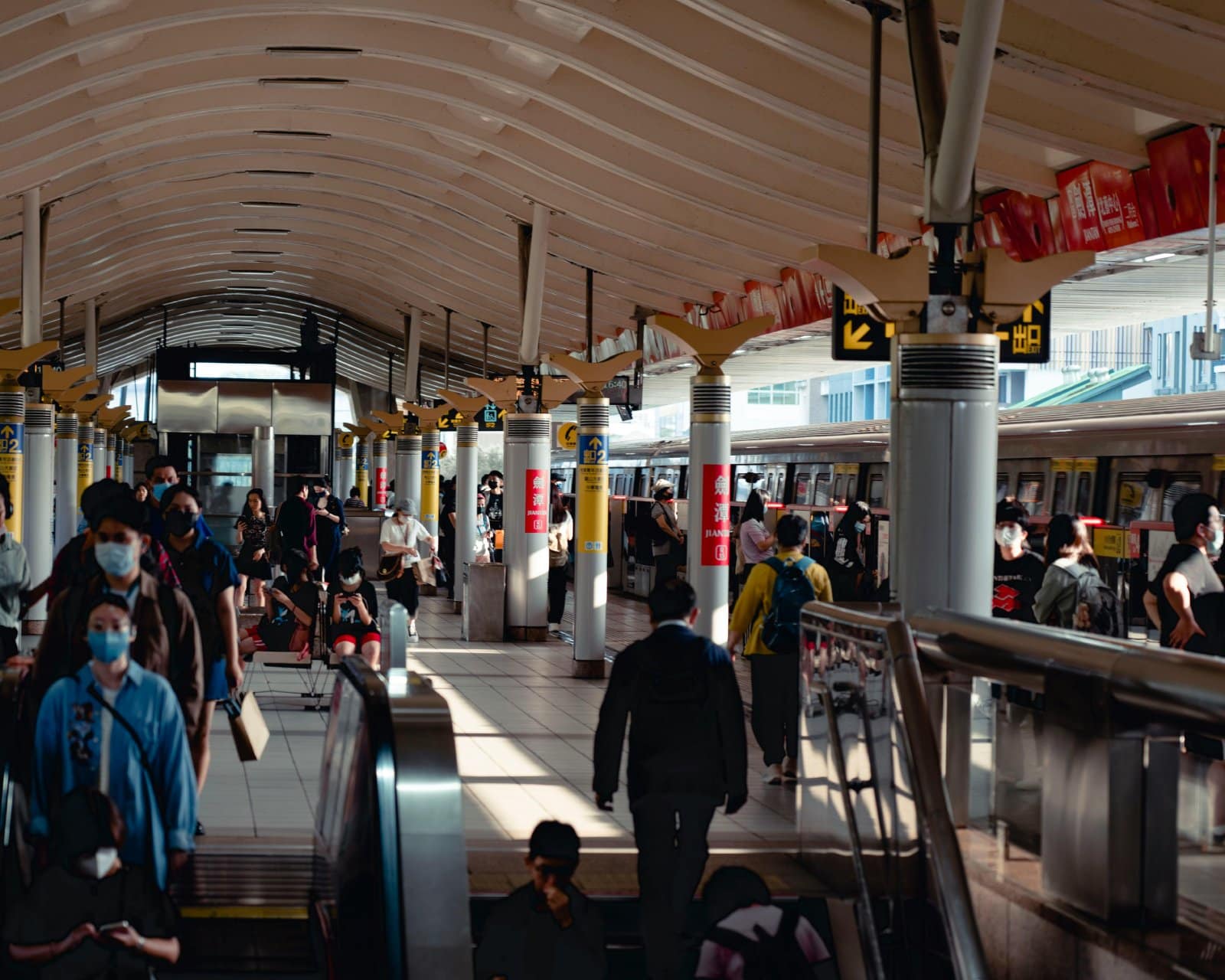
MetroLink in St. Louis often sees packed conditions during Cardinals baseball games and other downtown events, stressing the transit system.
18. Dallas, Texas
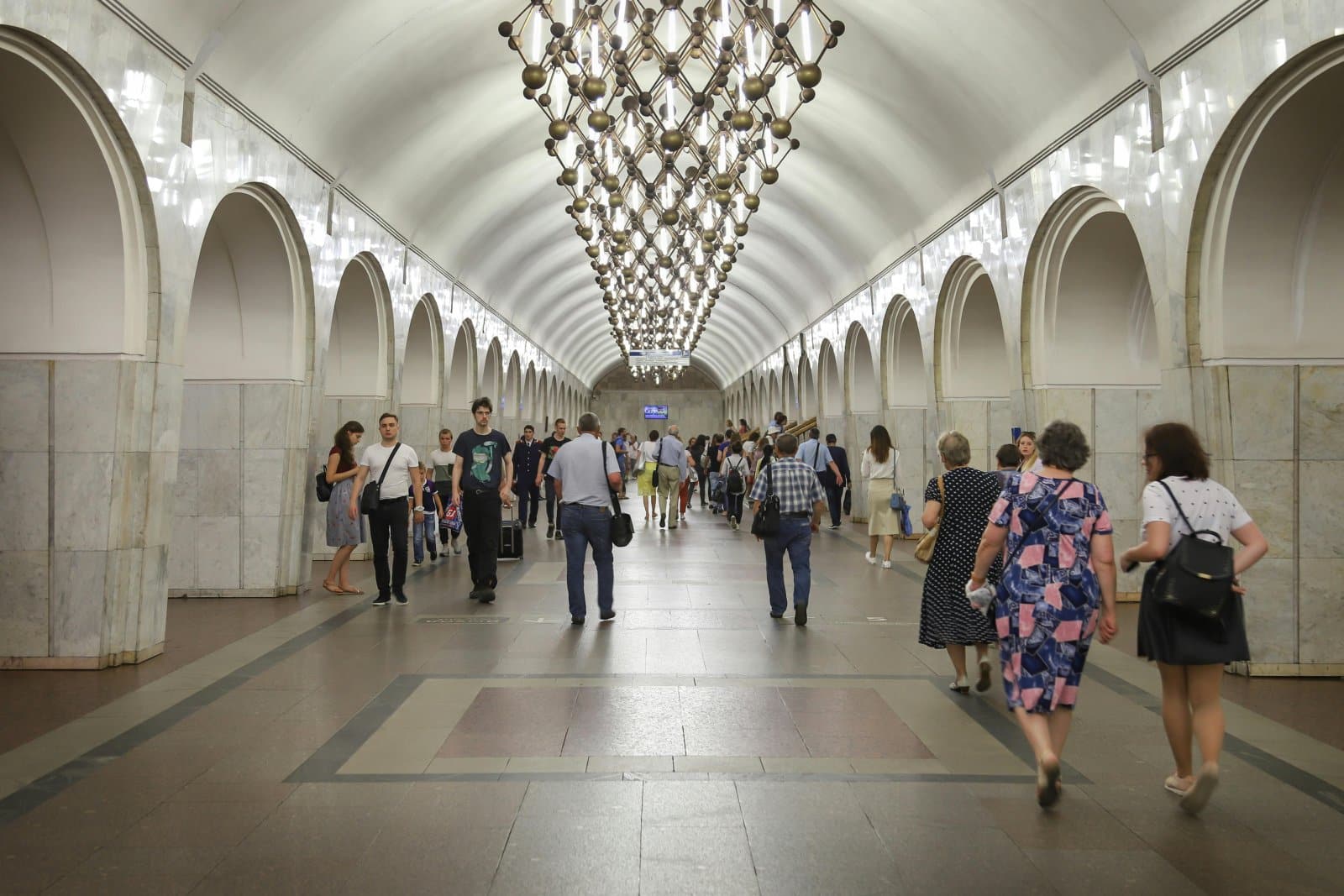
Dallas Area Rapid Transit (DART) faces its share of overcrowding issues, particularly as the metro area grows and more people move towards using public transportation.
Vital Links
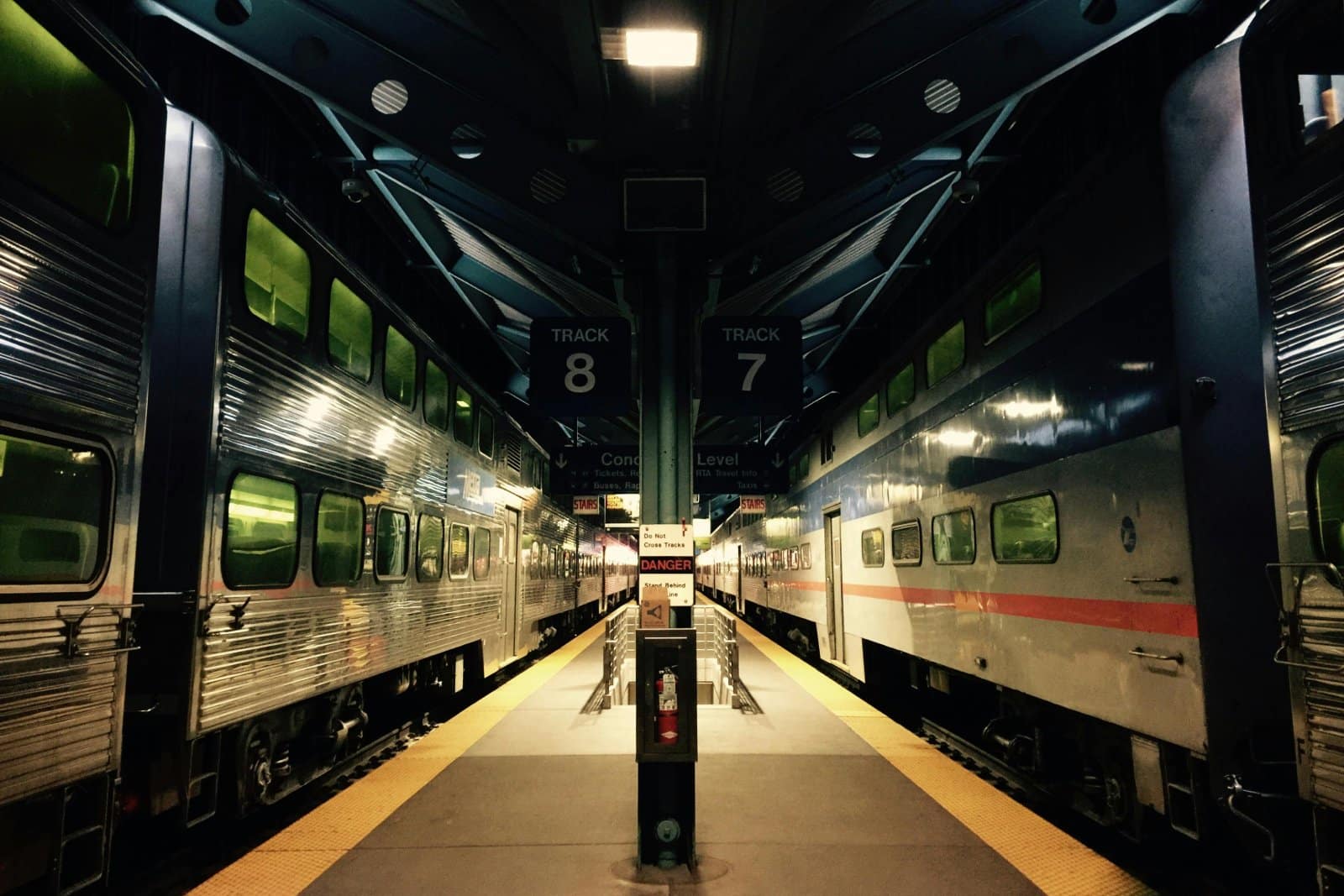
For many in these cities, the daily commute involves navigating packed train cars, highlighting the critical need for continued investment in and expansion of public transit systems to meet growing demands and enhance commuter experiences.
The post 18 Cities Suffering from Overcrowded Public Trains first appeared on Wealthy Living.
Featured Image Credit: Pexels / beyzahzah.
The content of this article is for informational purposes only and does not constitute or replace professional financial advice.
For transparency, this content was partly developed with AI assistance and carefully curated by an experienced editor to be informative and ensure accuracy.

